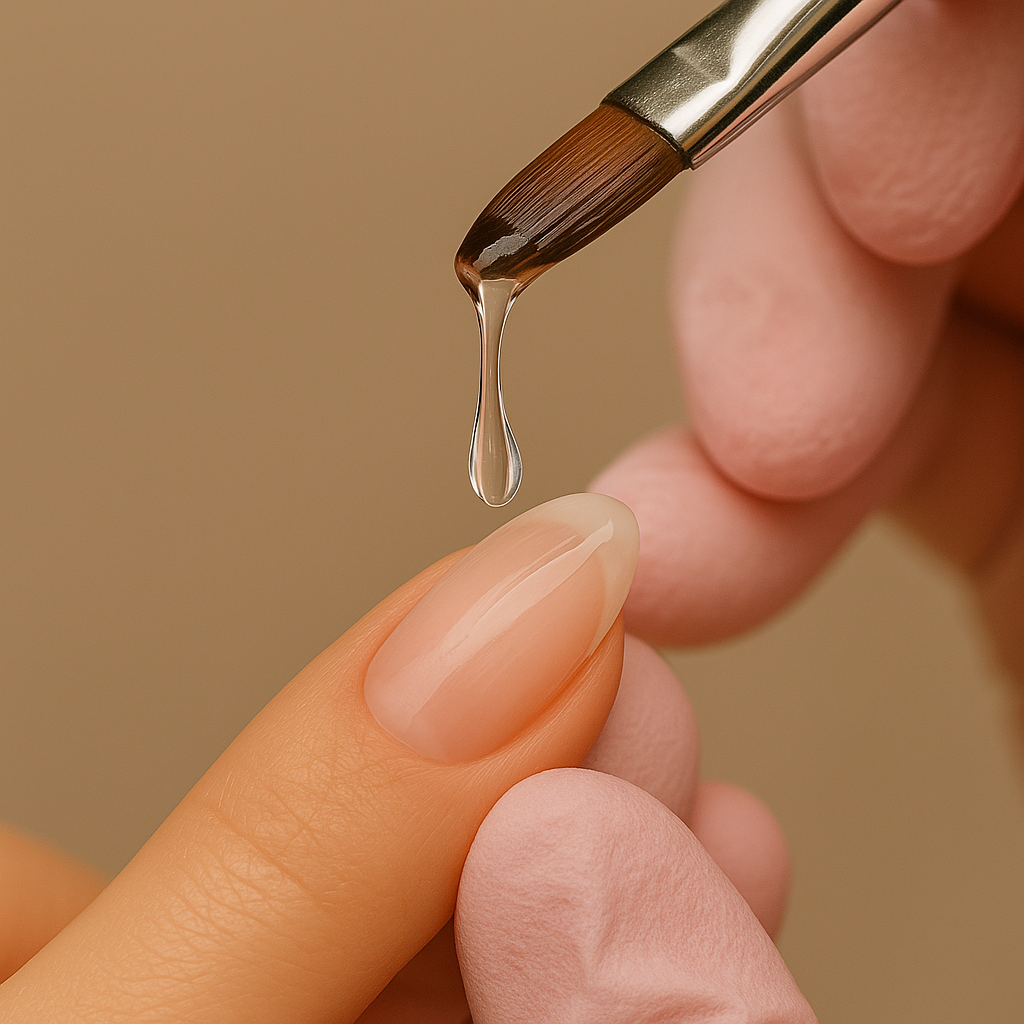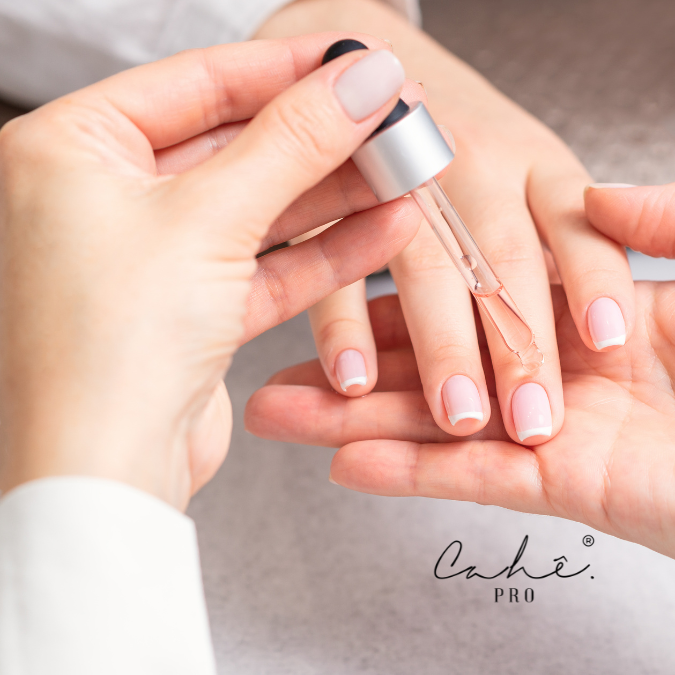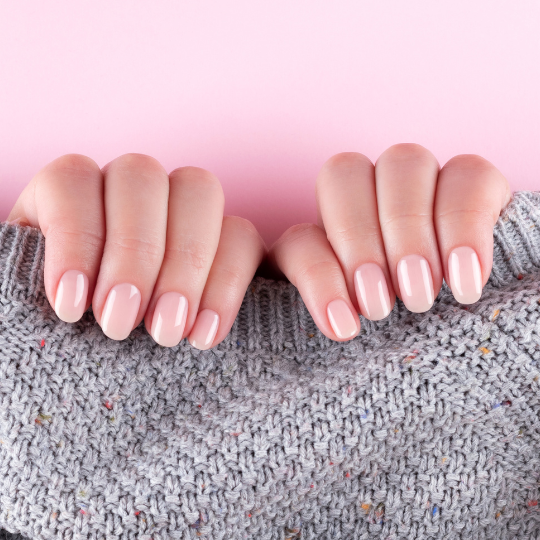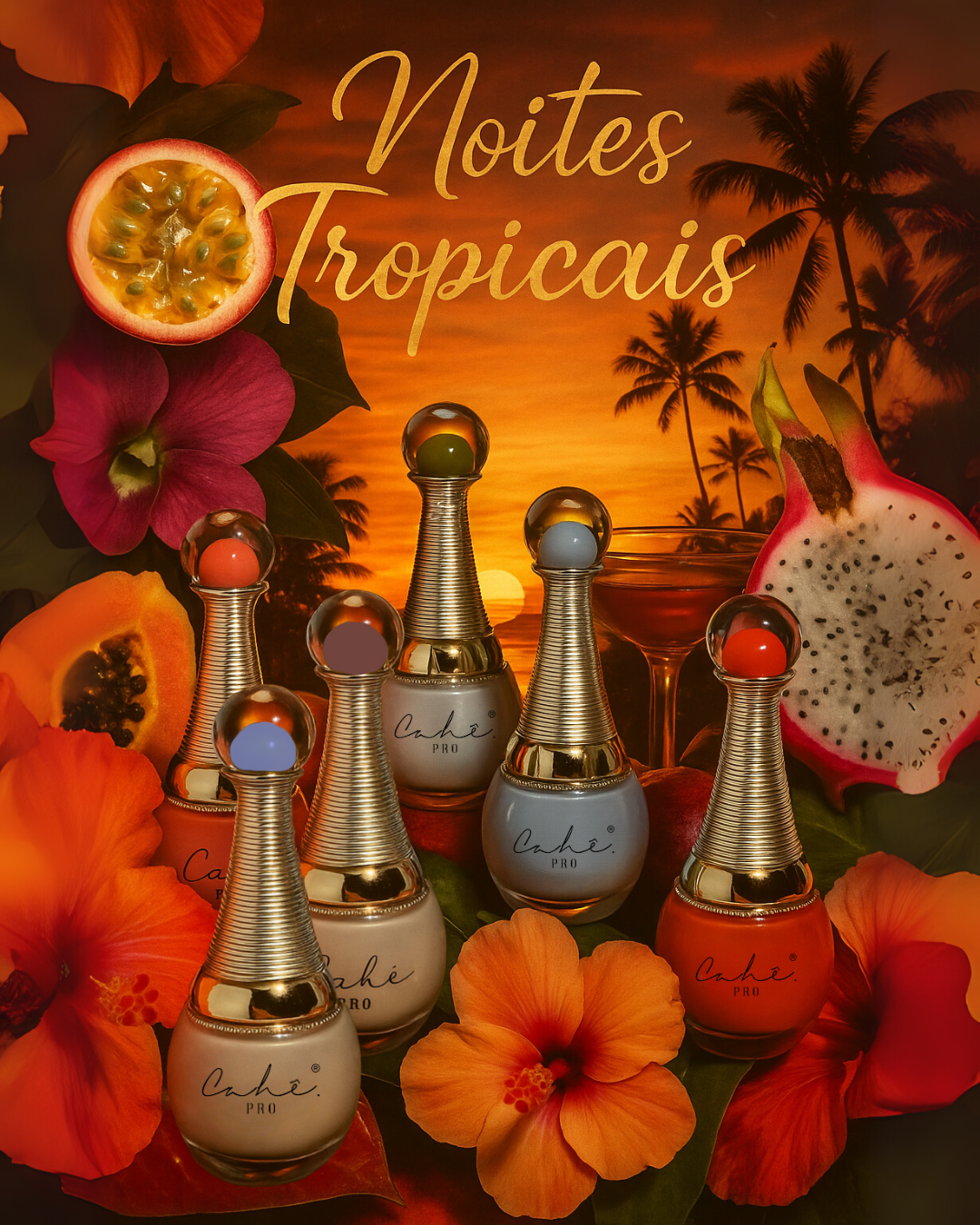After the new buzz about "nail dryers", again in 2023, which honestly makes my imagination immediately create an image of a dryer pointed at a nail with gel dripping down it, I can't help but speak out on the subject.

Claims in the news:
- UV Lamp Devices: 340 to 395NM Wavelength for Drying Nails
- use of UV-emitting dryers led to “20% to 30% cell death in a 20-minute session” and that “three consecutive 20-minute exposures caused the death of between 65% and 70% of the exposed cells.”
- “These devices are marketed as safe (…). But so far, as far as we know, no one has studied them or how they affect human cells at the molecular and cellular level.”
- The study also showed that exposure to ultraviolet light also caused damage to mitochondria (a part of the cell that is important for respiration and energy exchange) and to the cells' DNA and "caused mutations with patterns that can be seen in skin cancer."
- compared the risk of hair dryers with that of tanning machines that emit ultraviolet radiation and whose use, it has been scientifically demonstrated, is carcinogenic.
- The researchers warn, however, that although the results show the harmful effects of repeated use of the devices on human cells, a long-term epidemiological study would be needed to eventually conclude that this increases the risk of skin cancer.
- Maria Zhivagui, another of the study's authors and a fan of this type of manicure, said she will not wait. Given the results of the research, which she found alarming, she has decided to stop using the technique on her nails.
Link to original study: https://www.nature.com/articles/s41467-023-35876-8
First of all, there are no "nail dryers" (or maybe there are, some fans that I remember using when I was a kid, which said they dried traditional nail polish faster, but as soon as you let go of the device, you'd end up with a puff of hairs stuck to your fingertips... who doesn't?!). Getting back to the subject at hand... UV lamps don't dry nails, they polymerize the gel or, in the jargon of professionals, they "catalyze" the gel.
Secondly: The 20-minute exposure sessions carried out in the study do not correspond to the reality of skin exposures in an artificial nail beautification session, much less 3 20-minute sessions in a 2-hour interval on the same day as reported in the sample subjected to the Acute test, or 20-minute sessions on 3 consecutive days, in the sample subjected to the Chronic test. The study itself states that the normal exposure time is 10 minutes (page 2 of the study for those who want to confirm the statement)
Thirdly, the excessive exposure of samples to UV rays from the so-called "nail dryers" (those monsters that have invaded our planet today) has been shown by the study to be cytotoxic, genotoxic and mutagenic for "short" periods of 20 minutes (who spends 20 minutes with both hands inside one of these devices?!?). To claim that these effects are so harmful to human skin, all human beings should, in my opinion, avoid leaving the house during the periods of the day when sun exposure is much greater, more extended and in times and climates that are conducive to the beach, this activity should even be prohibited. As we know, skin cancer is one of the most well-known causes of high skin exposure to sun rays on the beach, we all know the harmful effects caused by them and yet the population has the power to decide what risks they should expose themselves to, whether on the beach, in tanning beds or even from "nail dryers".
Fourth, the study itself claims at the end (page 9) that the reported studies are based "on in vitro cell line models that, like all systems
model, will not perfectly emulate site-specific mutagenesis in humans." In plain English: The studies cannot reproduce the real effects on the human hand because they are done on skin samples that are logically being kept "alive" for a test in an artificial way and separated from all the natural systems that feed and care for their maintenance and/or repair. This fact entails 3 very important limitations of experimental systems that I transcribe:
- "First, all cell lines will lack the cornified layer of the skin epidermis, which may affect actual mutagenesis due to UVA radiation.
- Second, in vitro systems may accumulate non-physiological background mutations that will be different from the background mutations found in normal human skin.
- Third, the accumulation of mutations in cell lines does not provide direct information on skin carcinogenesis in human populations.
In Portuguese now: Although there is evidence of damage caused (which we cannot say cannot exist, just as there is in the aforementioned circumstances of sun exposure on the beach, on the balcony, in the street, in sunbeds), the entire experiment was not carried out on human beings and all scenarios are artificial, so it is not possible to determine that anything that was proven has the severity demonstrated in the study. I reiterate, I am not arguing that there is no damage to humans, it just cannot be quantified in this way or by this study."
Fifthly, the study again claims (page 9) that there is no evidence that it causes cancer in humans. Given other studies related to sunbeds that have proven an increased incidence of cancer in their users and evidence unrelated to the study, this strongly suggests that it can cause cancer, but it cannot specifically prove it, as the media does not mention (because it cannot mention it) but wants to imply that it does. The study also states that a study of this magnitude and detail could still take at least a decade to be completed and then published.
Sixth and lastly, it was mentioned that these devices are sold as safe and there are no studies on their effects on the skin, which is not true. I am providing a link to the same study carried out in 2013. Several additional studies have already been carried out, but I am only sharing this one because it is one of those mentioned by the nail chemistry guru Dr. Dough Schoon:
http://onlinelibrary.wiley.com/doi/10.1111/php.12075/abstract Dowdy, JC and Sayre, RM (2013), Photobiological Safety Evaluation of UV Nail Lamps. Photochemistry and Photobiology, 89: 961–967. doi: 10.1111/php.12075
In this study the conclusion drawn is that in these nail equipment:
- UV nail lamps are safe when used in nail salons
- UV nail lamps were even safer than they expected
- less dangerous than might have been anticipated based on the initial concerns raised
This study also tested and proved that the back of the hand is 4 times more resistant to UV rays than the forehead or cheeks. It is 3 and 1/2 times more resistant than the back of a person, making the back of the hand the most resistant part of the body to ultraviolet rays . The back of the hand is the most adapted place to UV rays and photoradiation, and the most resistant part of the body to UV rays.
This study clarifies that UV nail lamps are not the same as tanning lamps. They are far less harmful. UV exposure from nail machines is very low. A person could place their hand under a UV lamp for 25 minutes a day and that would still be within the "permissible daily occupational exposure limits" for workers according to the applicable international standard (ANSI RP-27) . Salon client exposure is much, much lower and only a small fraction in comparison, and it should also be considered that the client's exposure is only once or twice a month.
Furthermore, the risks for developing non-melanoma skin cancer are very low when compared to normal midday sunlight. Of the types of UV that can cause non-melanoma skin cancer, this study found that UV nail lamps expose the skin to 11-46 times less than the non-melanoma cancer-related exposure expected from spending the same amount of time in natural midday sunlight. It is highly unlikely that even the most frequent salon client or home user of these devices would approach this level of exposure .
However, there are cases where some concerns and precautions should be taken, such as clients who may be taking medication that increases sensitivity to UV rays. These individuals are advised by their doctor not to venture into natural sunlight without adequate protection and should be cautious when using UV nail lamps.
In short, once again a study is released by the media in a distorted way due to the careful choice of individual phrases found throughout the document, leading to the idea that these "nail dryers" are the new precursors of skin cancer or skin mutations. Anyone who reads the words in a sentence in a news headline: Cancer, DNA and Mutations and then joins the words in the middle, "nail dryers" , to understand the shock caused by the previous ones in a meaningful sentence, will immediately think: Gel nail machines lead to cancer, I can't do any more ! Right? Well... News headlines are their sales machines, it's just a shame they don't think that this could affect thousands of professionals around the world who are already facing so many challenges as professionals, women, mothers, wives, widows, single women and post-pandemic winners... These women have faced great battles in a profession that destroys their wrists, spine, cervical and eyes for a job that costs a mere €8, often for nails that in addition to 45 minutes to 2 hours of work, they pay rent or commissions, pay taxes, and still pay... oh!! Material!!! And they still need training?!? Yes.. A simple gel polish or gel nails need all of this and unfortunately it has become an increasingly unworthy profession for these women who are behind the name of nail technicians or simply "manicurists"... I could go on and on about a list of subjects about these women but I just regret the effect that this news will have on the already "extremely wealthy" wallets of the same women who after all of this still "make a lot of money" (who knows where the accounting for this profession came from). I could have used more professional language in this comment, but the subject is so ridiculous and with possible harmful effects on women in this profession, that I can't help but write without filtering the thoughts that come to my head at this moment and the panic generated in the market visible by the number of professionals who contacted us today to give our opinion as a brand. Here is the opinion of the brand Cahê Pro, represented by me Carmen Veríssimo.
Advice for clients who may still be scared: If you feel more at ease, apply sunscreen to your skin as the UV rays you are exposed to during a session are much lower than the rays you are exposed to on the street or at the beach, so a sunscreen will be enough to provide additional protection for your skin.








